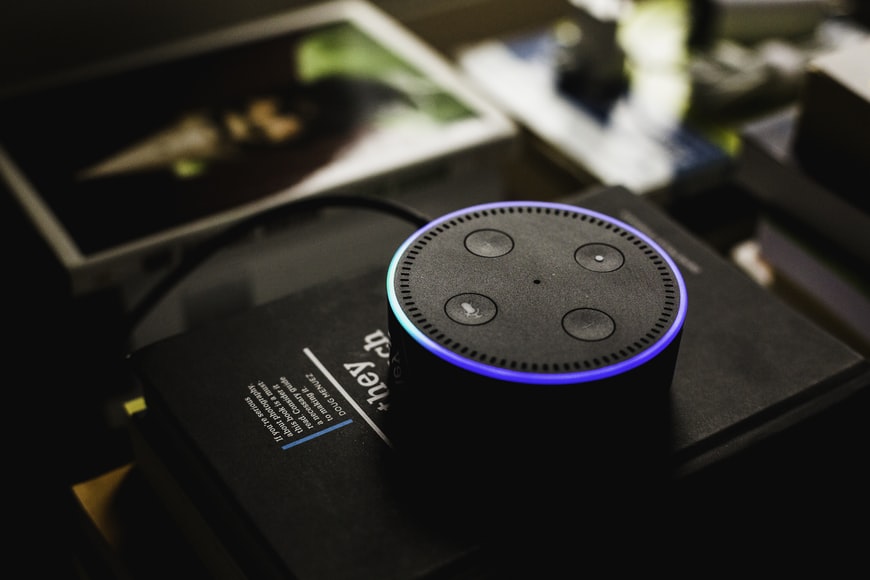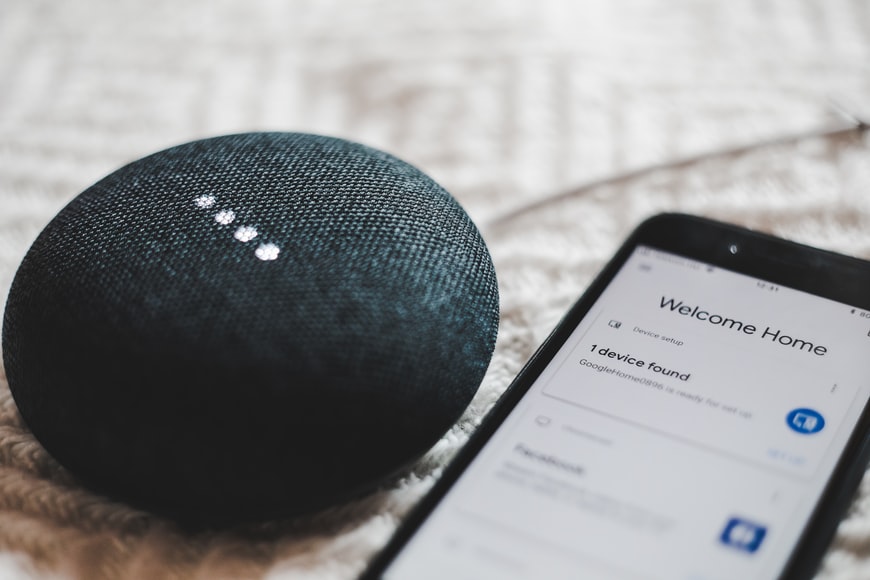In the modern world of technologies that are rapidly developing, people are increasingly asking: What is IoT? Today we will try to answer this question, analyze this topic, and identify the pros and cons of this technology. Enjoy reading.
What Is IoT?

IoT (Internet of Things) is a technology that unites devices into a single computer network. In this network, devices can transmit data both to people who are responsible for providing them and to “communicate with each other. The Internet of Things was created with the aim of making human life easier. To make production or other activities easier.
The IoT system uses various protocols and languages for its operation. Usually, IoT devices operate on their own (but people can still interfere with the operation of the system in order, for example, to correct some mistakes or make new tasks for technology).
Various Use Of IoT
Such systems began to be popularized in 2015 2017 when the level of High tech development was good enough to massively develop this area (where possible).
The IoT system is already in use:
- In the power industry. IoT can control power plants, parts of these power plants, and more;
- In medicine, IoT can diagnose and examine a patient in an automatic mode. This will significantly reduce the time required for treatment;
- In farming and agriculture. IoT can control various equipment that works in this area;
- In transport. IoT can manage the vehicle fleet;
- In an urban environment. IOTs can control various areas, such as traffic or lighting without human intervention;
- In logistics. IoT can monitor cargo transit and more;
- In the field of sales. IoT can help sellers to work with customers by selecting suitable advertising or proposal;
- In the field of mining of field minerals. IoT can analyze the places of collection of field minerals.
- In networks and Telecommunication. It has become one of the major networking investments.
Despite the huge amount of capital that is pouring into this area and the vast prospects of this system, nothing is perfect. IoT has its pros and cons, and now we are going to take a look at them.
Adopting The IOT Technology Advantages:
IoT systems can be a very profitable business for many IT corporations (mainly in the USA, Canada, and Europe, since only there are now enough financial resources to support such projects). The list of corporations involved in IoT includes Microsoft, Google, Amazon, Cisco, and others.
1. System Saves A Person’s Time
The system saves a person’s time and not only. Many processes that were solved by human labor will not take time. A person will be freed from routine or even hazardous work. In addition, due to the introduction of this system, it is possible to seriously increase the quality and quantity of the work performed. This will drive even more progress.
2. Security
The technology is based on complex advanced algorithms. These technologies are created by the largest companies on earth that are very concerned about the security of their systems. It is almost unbreakable. This means that the user is protected from attacks.
3. Safety For Human Life
Safety for human life is also important here. This system will do all the dirty work for the person.
4. Reducing Business Costs
The user does not have to hire many qualified specialists to perform a specific task. For example, pay wages, pay for a vacation, sick leave, think about insurance for workers.
The IoT system will help to cope with the work with minimal human cooperation. And also, there can be an increase in income due to a significant reduction in labor costs and an increase in the performance of the work itself.
5. Easier Automation
The Internet of Things is essentially the connection between machines, which makes automation easier and more possible. IoT is an enhanced version of M2M in which consumers can also communicate with these devices to control and automate services.
Cisco estimates that M2M connections holding IoT applications account for more than half of the 27.2 billion devices and connections.
Cons Of IoT Technology:
With the help of the Internet of Things, this addiction will become even greater in everyday life. No app is free of bugs, and every technical app has its drawbacks. The use of IoT devices can create problems if the IoT framework fails or fails.
1. Accord
Currently, millions of devices are connected to IoT devices and their ecosystem. Since smartphones are developed by different businesses, there is an accord issue in tagging and monitoring. Many phone devices run into network issues. It’s all because the original supplier didn’t think you would connect your smartphone to any IoT device, so they don’t care.
The accord issues can force buyers to choose specific businesses, which can also lead to a monopoly in the market.
2. Complexity
The Internet of Things does not mean success, as it cannot eliminate human failure. For example, you and your partner receive a message from the device that you are out of milk, and you both pick it up on the way.
There will be two packages and a waste of money. Things like this make every process more complicated. So it would be better if you only registered for IoT-enabled devices.
3. Privacy And Security
Everyone loves the privacy of their information. With IoT devices, the risk of losing privacy is enormous as your data travels across IoT devices over the network. You cannot see if the data is encrypted or not.
Due to the rapid growth of the Internet of Things, it faces security and privacy concerns. And despite the good security of the system. There is a risk.
4. Less Employment Or Service Personnel
The Internet of Things is growing day by day, and the process is becoming more automatic. Because of this, he replaces jobs, dismissing unskilled specialists. All this creates problems of unemployment in society.
5. Technology Controls Life
The Internet of Things has impacted almost everyone’s life in every possible way. Whether it’s the older generation or the younger generation, they are all passionate about technology in their day-to-day activities.
Conclusion:
So what is IoT? The Internet of Things has made our lives easier and smarter since its inception. We cannot ignore its weaknesses, as these are also important aspects to consider. No matter how good a technology is, you always need to consider its downsides. You should also choose the right devices to help make your life better.
Read Also:
























